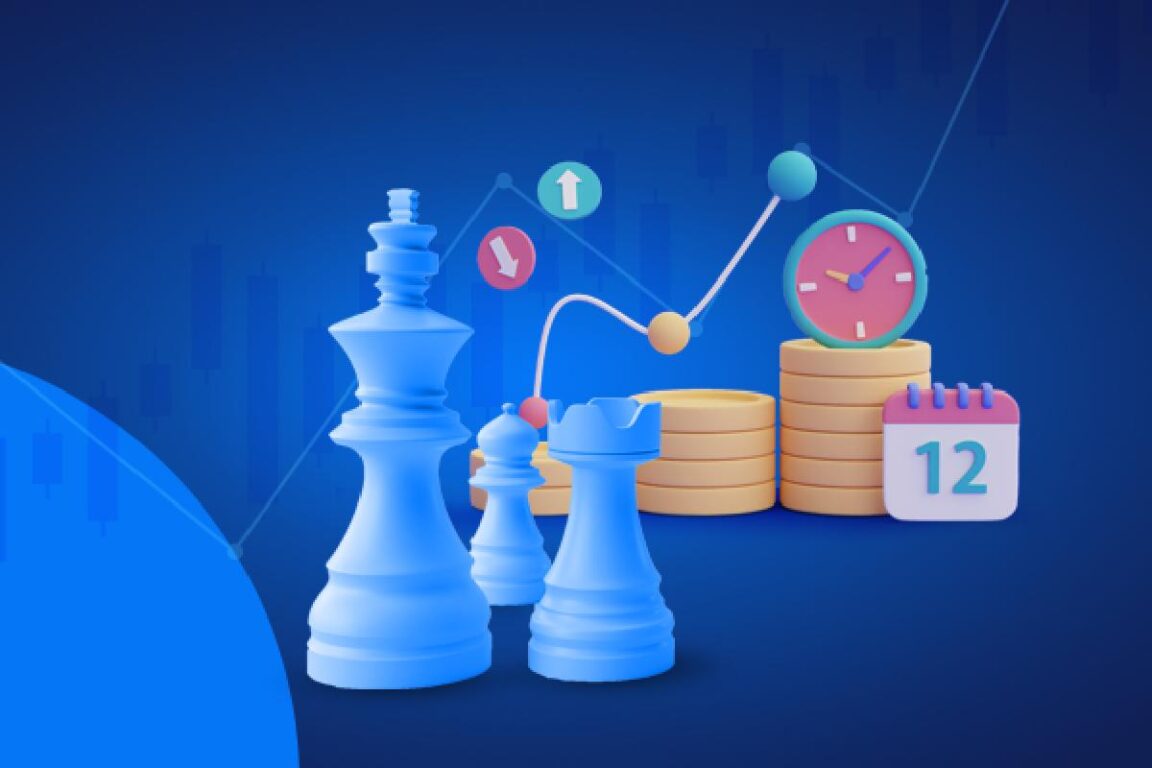A trading strategies is a systematic procedure for buying and selling in the various securities markets.The trading strategy is created on predefined rules and conditions used when making trading decisions.
A trading strategy may be simple or composite, and includes considerations such as investment style (e.g., value vs. growth), market cap, technical indicators, elemental analysis, industry sector, level of portfolio modification, time horizon or holding period, risk tolerance, leverage, tax considerations, and so on. A key is that a trading strategy be set using objective data and breakdown and followed industriously. At the same time, the trading strategy should be occasionally re-estimated and tweaked as market conditions or individual goals change.
Types of Trading Strategies
Long and Short Equity Strategy
This common trading technique involves taking a long position (buying) at low prices and selling at high prices to take advantage of market volatility. It is often used in trading hedge funds.
Day Trading
This high-risk strategy involves buying and selling assets within a day of the stock market’s opening hours (i.e., 9:30 am to 4 pm). Professional traders usually employ it due to the high volatility during this period.
Swing Trading Strategy
This strategy aims to profit from short-term trends and is based on identifying swing patterns formed with price volatility. It is typically used for long-term trading, lasting more than a one day but not more than a month.
Scalping
Like day trading, this strategy involves trading multiple stocks daily and making profits from each deal.
News Trading
This strategy involves trading in response to news and events about a particular stock, such as revenue results, annual reports, mergers, acquisitions, etc.
Trade Signal Strategy
Traders can use various indicators, such as momentum, trend, volume, and volatility, to decide when to buy or sell their stocks.
How to Develop Trading Strategies
Get Knowledge about the Market and Stock Market Trading
The first and foremost step to developing any strategy is to gain knowledge about the market and related components. Traders must read and acquire information about technical analysis and different stocks. In addition, learning about demand and supply forces eases most of the work.
Deciding a Time Frame (Intraday or Long position)
It is essential in determining the strategic position. Here, traders can select from either being an intraday trader or conducting long-term trading. Again, the strategy also matters depending on the timeframe. For instance, a shorter period is suitable for a scalping approach.
Plan the Entry and Exit Points
Defining the entry and exit points becomes necessary before jotting down the strategy. And to determine them, market volatility and time frame play a vital role. Plotting entry points is possible when a trader uses candlesticks and bar patterns. However, a wrong exit point can trigger profits and invite losses.
Preparing and Execution
The final step is to develop the final draft of the strategy, including listing the rules traders must follow during the execution. Though, it is essential to note the process should remain flexible and subject to changes.
Define the Risk Levels
Now, traders must define their risk coverage potential. It measures how much risk they are willing to take on. So, if a person wants to double their profits, the risk equally jumps high.
Special Considerations
The habit of trading strategies in investments is meant to ensure reliable results and evade behavioral financial biases. Traders can decide to use either discretionary trading or automated trading. Discretionary trading is executed by the trader, and it requires a great deal of discipline since traders may be tempted to deviate from the strategy.
On the other hand, automated trading uses innovative computer modeling methods to automate part or all of the investor’s portfolio. Which is compared to discretionary trading, automated trading gives a trader an upper hand in trade execution, and they choose between a conventional or aggressive or trading method.


